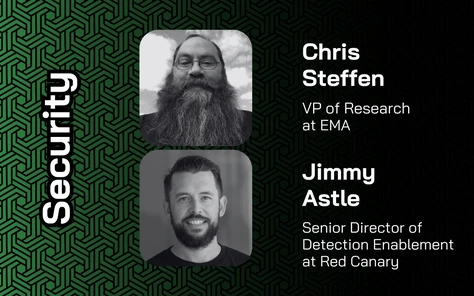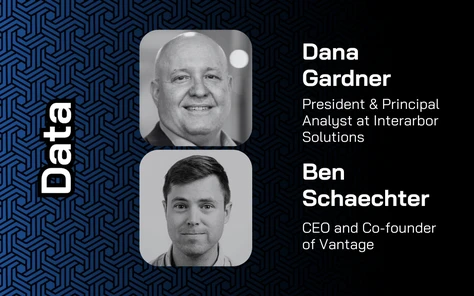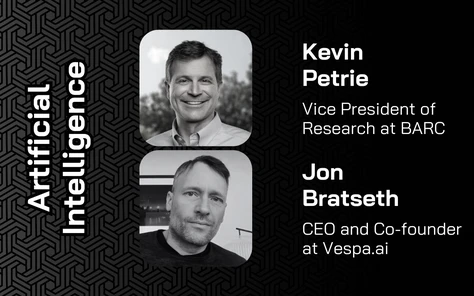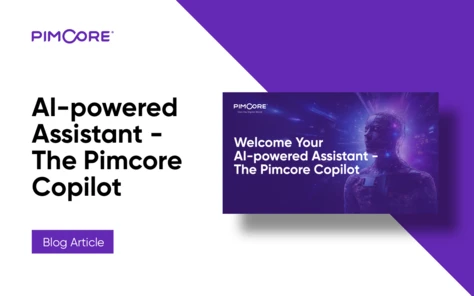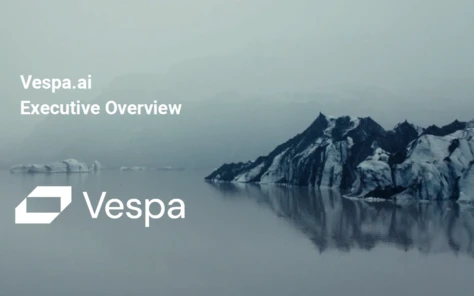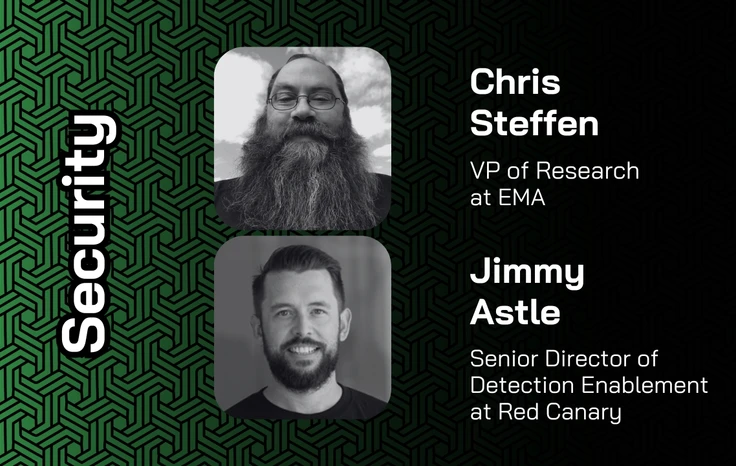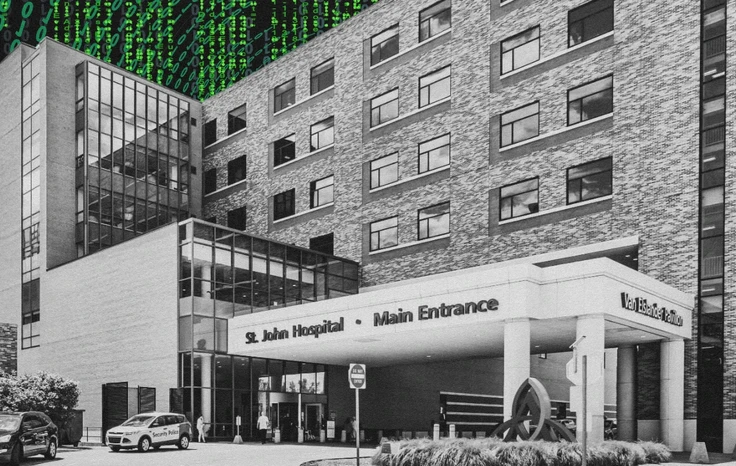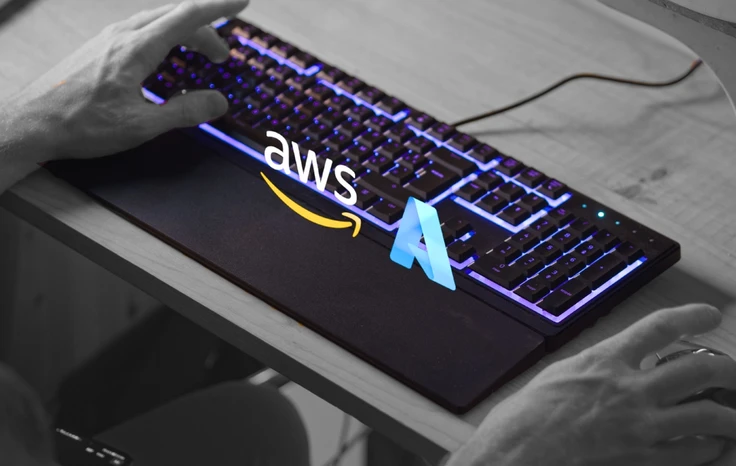Cyber Security for MSPs: An Imperative in Modern IT Management
ZKast with Tarek Radwan of Juniper Networks
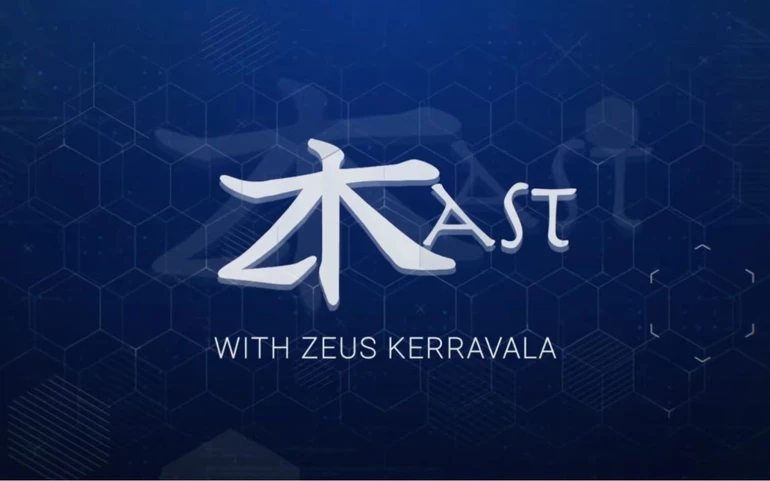
At this year’s Zoomtopia in San Jose, I stopped by the Juniper Networks stand to talk with Tarek Radwan about the company's partnership with Zoom.
Tarek discussed some of the most common issues network professionals may see and how Mist, Juniper’s AI-based managed systems can help them fix and more importantly avoid network issues.
Bad video is worse than bad audio
When I think of Zoom sponsors, I think of endpoint companies. Of course, there are other types of companies too, but it’s rare to see networking companies partner with video conferencing platforms and tools.
But when I asked Tarek why Juniper Networks was attending Zoomtopia and partnering with Zoom, he said connectivity had become one of the biggest challenges for maintaining a positive conferencing experience:
Tarek: "A lot of companies are depending on Zoom for their conferencing and the experience of that phone call is becoming top of mind.
"Every CIO is hearing the number of complaints that are coming to their help desk about the quality of that experience of that Zoom call – “It's jittery”, “I lost communication”, or not everybody saw the screen share”. So it's becoming much more top of mind, or it has been, especially since the pandemic in the last couple of years."
Zeus: "One of the things I've always said about when you have these online meetings is that bad video is more destructive than bad audio. With bad audio, you can kind of work your way around it and interpret what people say. But bad video can be very distracting. What causes this?"
Tarek: "It all comes down to how that network is performing and how it's serving that experience. Things from the time that the user connects to the Wi-Fi and how that's then transmitted across the wired and then across the other sites, with the SD-WAN, for example, all of that's going to impact that video experience."
Zeus: "I think one of the important things you bring up here is when you think of a video experience, it's the end-to-end network. In networking, we sometimes think of the Wi-Fi network, the CampusLand, the data centre, and the WAN, but to a video call, it's just one network. And if there's one piece of that that's not working, the whole call is not going to work, right?"
Tarek: "That's where what we've done is we've joined that Zoom data about the jitter of that call, the packet loss, the latency. We've joined that data with the network data to understand exactly what is the impact from the network – from the wireless to the switch environment out to the SD-WAN – to understand and to train the network and help it learn.
"We’ve taught the network to a point where, even without that Zoom data being fed to it, it knows that you've connected to the wrong VPN and you're going to have too much latency. Or there are too many people connected on the WiFi right now. You're not going to have a good experience in this part of the building. Maybe go to this other conference room where you don’t have as many people congesting that resource."
AI in video conferencing
AI is being adopted to solve all sorts of problems in every industry from manufacturing to cybersecurity – and video conferencing is no exception.
With Zoom already adopting AI for generative tools and AI insights, I asked Tarek how Juniper network's management system, Mist, was using the technology to help network engineers manage their environments:
Tarek: "What AI does is it really brings the insights and the information and visibility about the network experience at a much faster rate than what a network engineer working on their own can do. It acts on that data, processing it through complex machine learning algorithms and learning about that network in a much quicker way such that it's able to provide those insights and identify anomalies in the network that are impacting user experience. That's the power of AI."
Zeus: "And so what are the kinds of things somebody might see? Wi-Fi has got to be one of them, right?"
Tarek: "Wi-Fi is a major one, and oftentimes we take it for granted. There's going to be some authentication issues, like: “Did it reach that DNS server in time?; “Was the certificate up to date?” So those are things we take for granted. AI can quickly identify these issues and bring them to the forefront for the network team to see right away."
Zeus: The problem with Wi-Fi issues is nobody knows what causes them. It could be anything from the access points being too far to the DNS not working. I've always said that Wi-Fi troubleshooting is the hardest thing to do in networking.
Listen to my full conversation with Tarek in the video below!





